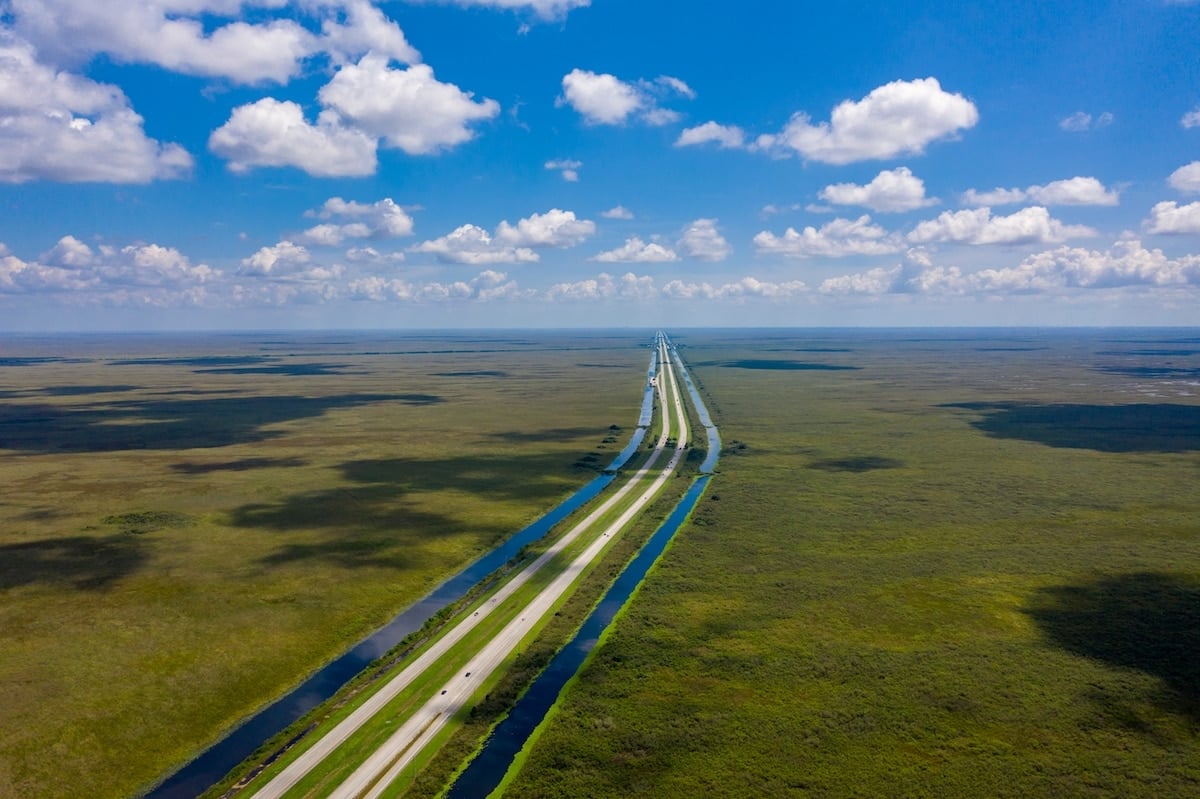Navigating Alligator Alley: Tips and Tricks for a Memorable Journey
Alligator Alley, also known as Interstate 75, is a vital roadway that stretches across the southern tip of Florida, connecting the east coast to the west coast. This iconic stretch of highway cuts through the heart of the Everglades, offering travelers a unique and scenic drive through one of America’s most diverse ecosystems. But beyond its natural beauty, Alligator Alley has a storied history and reputation for being home to some of Florida’s most fascinating wildlife, including its namesake alligators.
Join us as we delve into the rich history and wildlife that make Alligator Alley a must-see destination for any traveler in Florida.
How long is Alligator Alley?

The highway stretches for about 80 miles between Naples on the west coast of Florida and Weston on the east coast. It is a four-lane divided highway, providing an important transportation link between the two coasts of Florida.
How remote is Alligator Alley?

Alligator Alley, also known as the Everglades Parkway, is a relatively remote highway that passes through the wilderness of the Florida Everglades.
While it connects southern Florida’s west and east coasts, it is not heavily developed and passes through a largely undeveloped natural landscape.
The highway is surrounded by the natural beauty of the Florida Everglades, with sawgrass marshes, cypress swamps, and dense mangroves forests. Visitors to Alligator Alley can expect to see a variety of wildlife, including alligators, snakes, turtles, and many species of birds.
There are a few rest areas along the highway where visitors can stop and take a break, but relatively few services are available compared to more urban areas of Florida. However, these rest areas offer restrooms, picnic tables, and vending machines.
Overall, while Alligator Alley is a well-traveled and well-maintained highway, it does pass through a remote and undeveloped region. Visitors should be prepared for a unique, wilderness-like experience while driving along this route.
Where does Alligator Alley start and end?
Alligator Alley starts at the western end in Naples, located on the Gulf of Mexico coast, and ends at the eastern end in Weston, on the Atlantic coast. The highway spans approximately 80 miles across the state and is designated as Interstate 75 (I-75).
While Alligator Alley is the most commonly used name for this highway, it is officially named the Everglades Parkway, and the section of the highway that passes through the Everglades is a unique and scenic experience for visitors to the region.
How much is the toll on Alligator Alley in Florida?
The toll rates for Alligator Alley in Florida varied depending on the type of vehicle and whether you had a SunPass or used TOLL-BY-PLATE. As of 2023, the rate is tolls were $3.25 for a standard vehicle. Toll rates can change over time, so I recommend checking the official Florida Department of Transportation (FDOT) website or contacting their customer service for the most up-to-date toll rates and payment options for Alligator Alley.
Are there stops along Alligator Alley?
Yes, there are several rest areas and exits along Alligator Alley where you can stop and take a break, use restrooms, and enjoy some of the natural scenery and wildlife of the area. The rest areas offer restrooms, picnic tables, and vending machines.
There are four rest areas along Alligator Alley, two in each direction, located at mile markers 35, 48, 63, and 80. These rest areas provide a chance for visitors to stretch their legs, enjoy a picnic lunch, or take in the surrounding natural beauty of the Florida Everglades.
In addition to the rest areas, several exits along Alligator Alley provide access to nearby communities and attractions. For example, the exit at mile marker 80 provides access to the town of Weston, while the exit at mile marker 49 provides access to the Big Cypress National Preserve, a popular destination for nature enthusiasts.
How long is Alligator Alley?
Alligator Alley, also known as the Everglades Parkway, is a highway that runs east-west across southern Florida. The highway spans approximately 80 miles across the state and is designated as Interstate 75.
Alligator Alley starts at the western end in Naples, located on the Gulf of Mexico coast, and ends at the eastern end in Weston, on the Atlantic coast. The highway crosses the Florida Everglades, a unique and important ecosystem home to many species of plants and animals, including the namesake alligators.
While Alligator Alley is the most commonly used name for this highway, it is officially named the Everglades Parkway. It is considered an important route for transportation and tourism in southern Florida.
Can you see alligators along Alligator Alley?
Yes, visitors traveling along Alligator Alley in Florida have a good chance of seeing alligators in the area. The highway is named after the alligators that can often be seen in the surrounding wetlands. It is located within the greater Everglades ecosystem, known for its diverse and abundant wildlife.
Is Alligator Alley safe to travel?
Yes, Alligator Alley is generally considered safe to travel, but as with any highway or travel destination, you should take precautions to ensure their safety.
The highway is well-maintained and patrolled by law enforcement, and there are rest areas and exits along the way where travelers can stop and take a break.
However, visitors should be aware that Alligator Alley passes through a largely undeveloped natural landscape, and services are limited compared to more urban areas of Florida.








